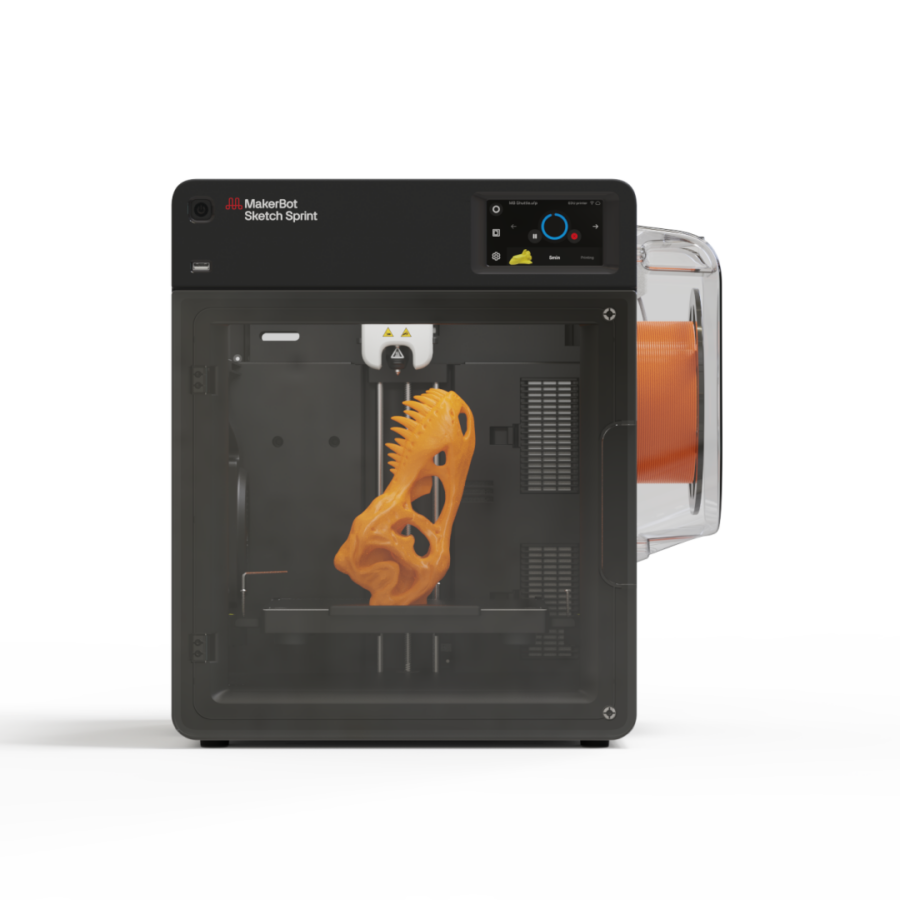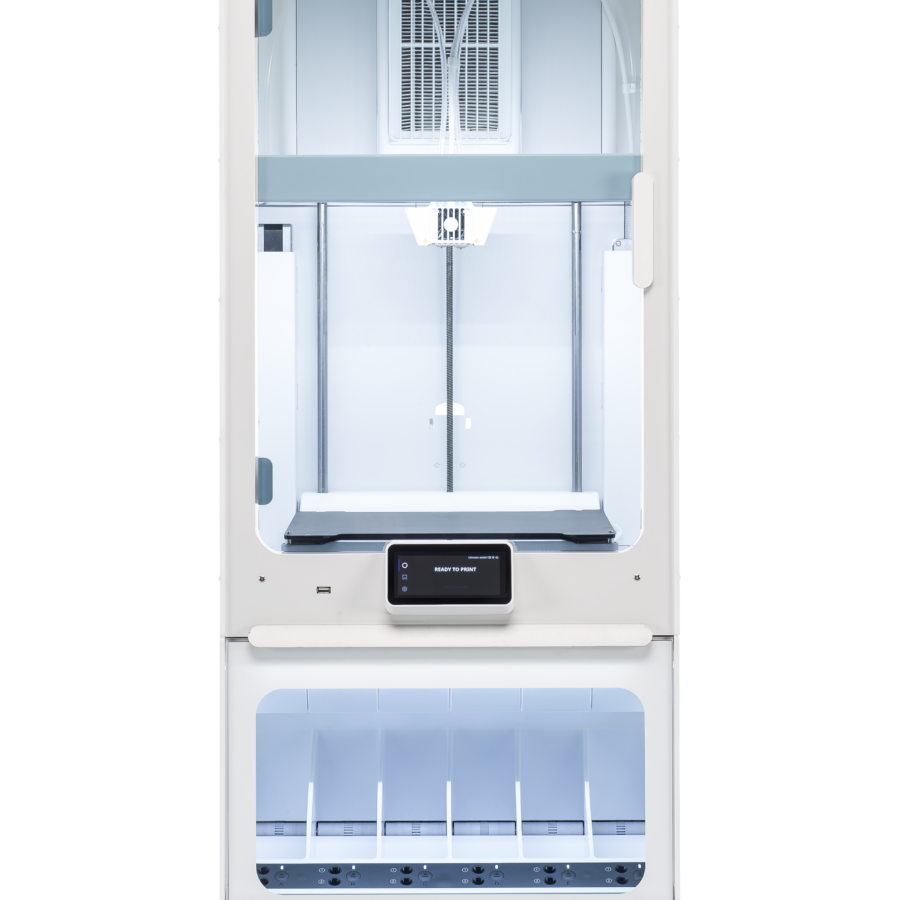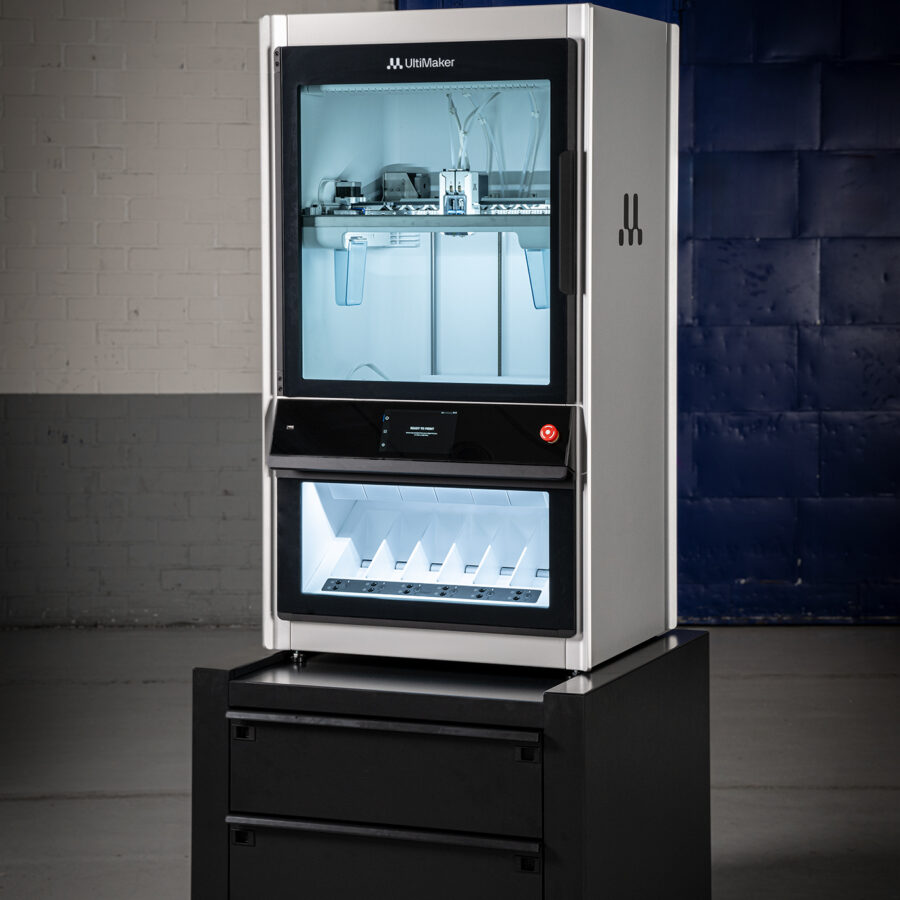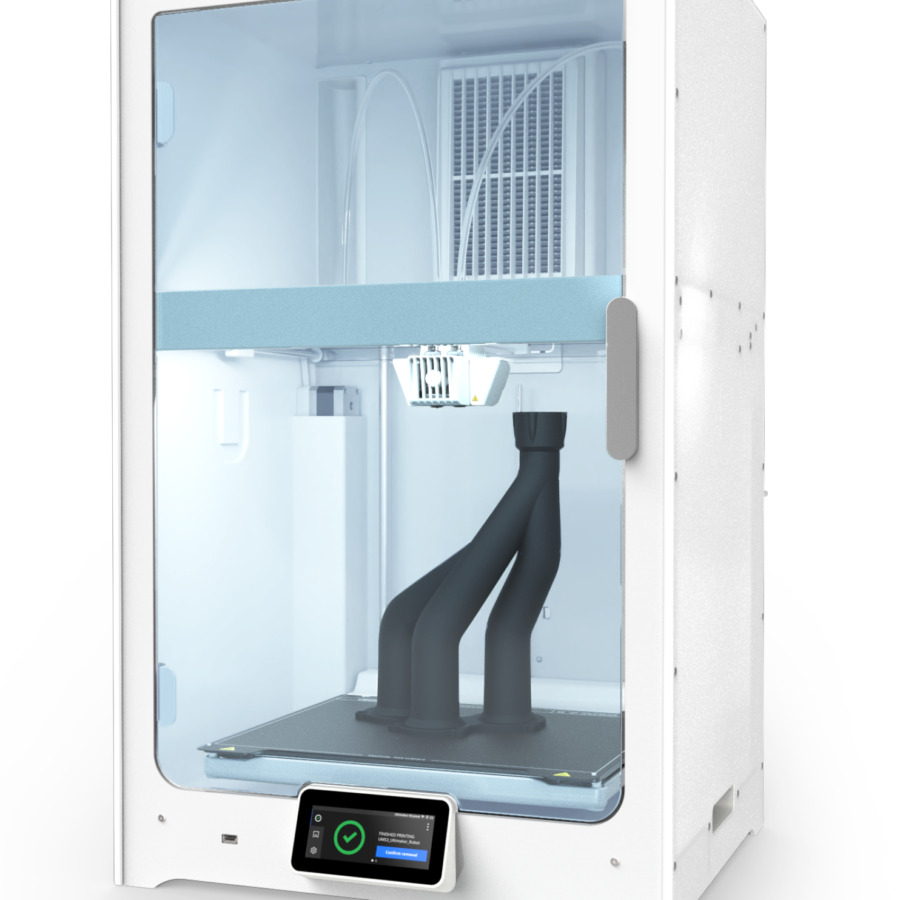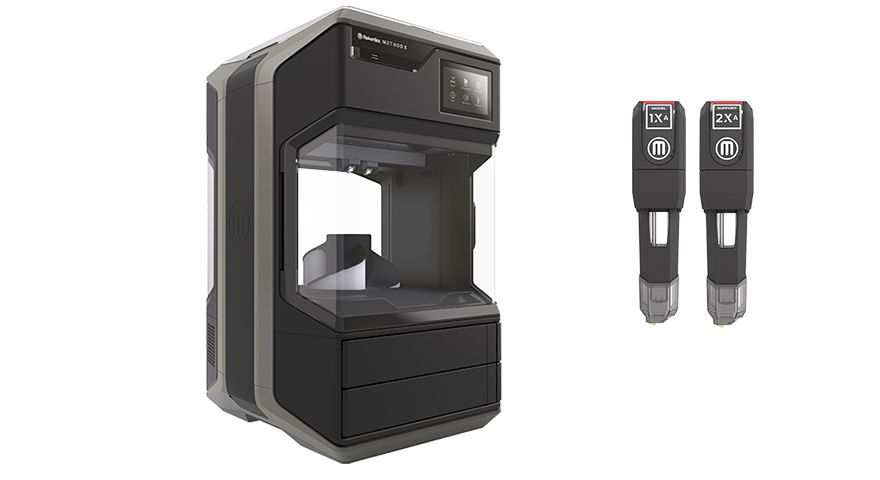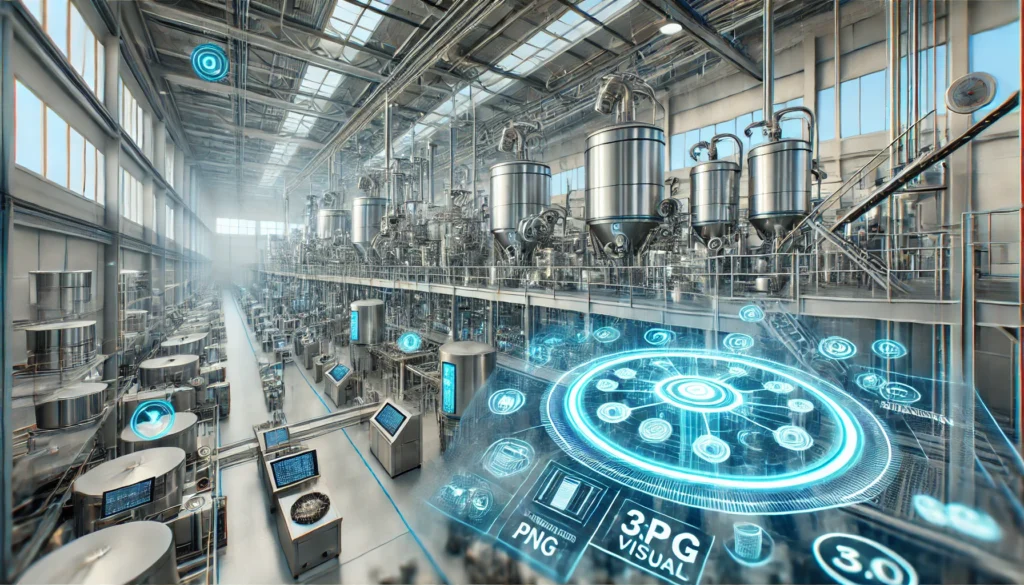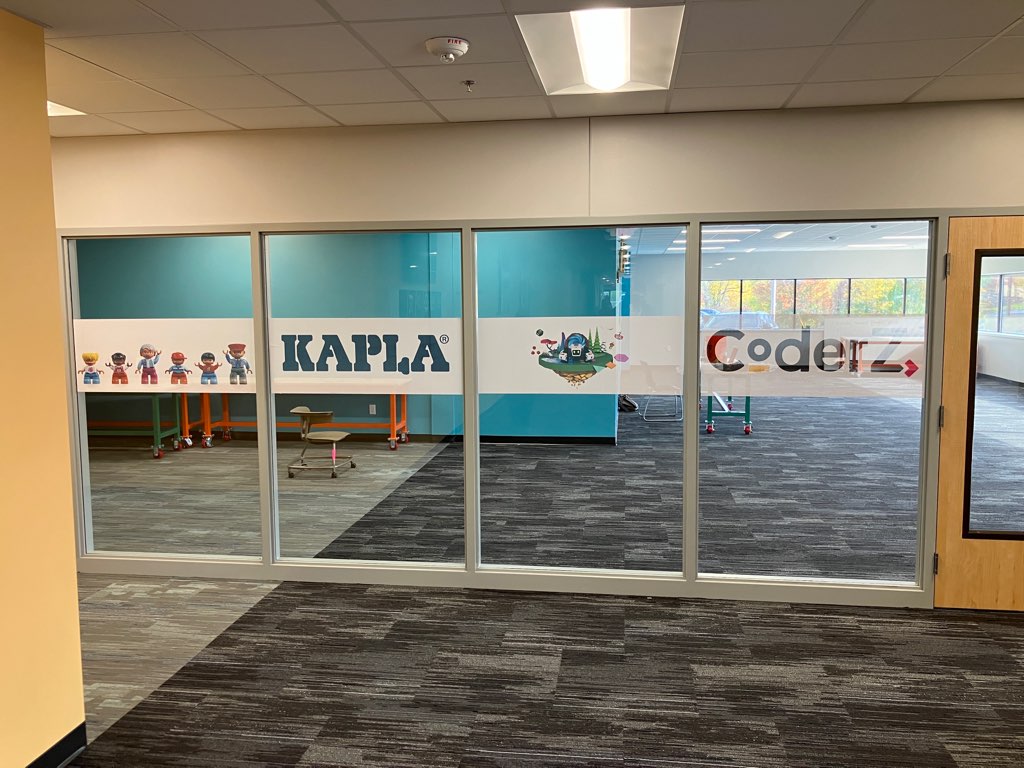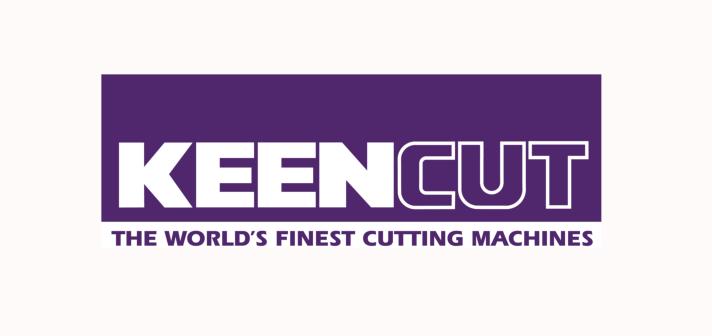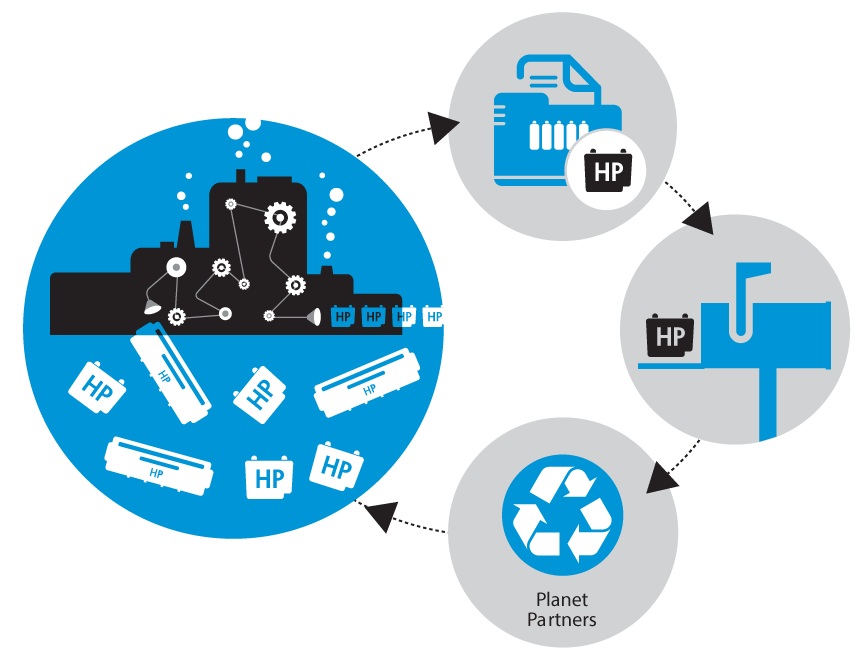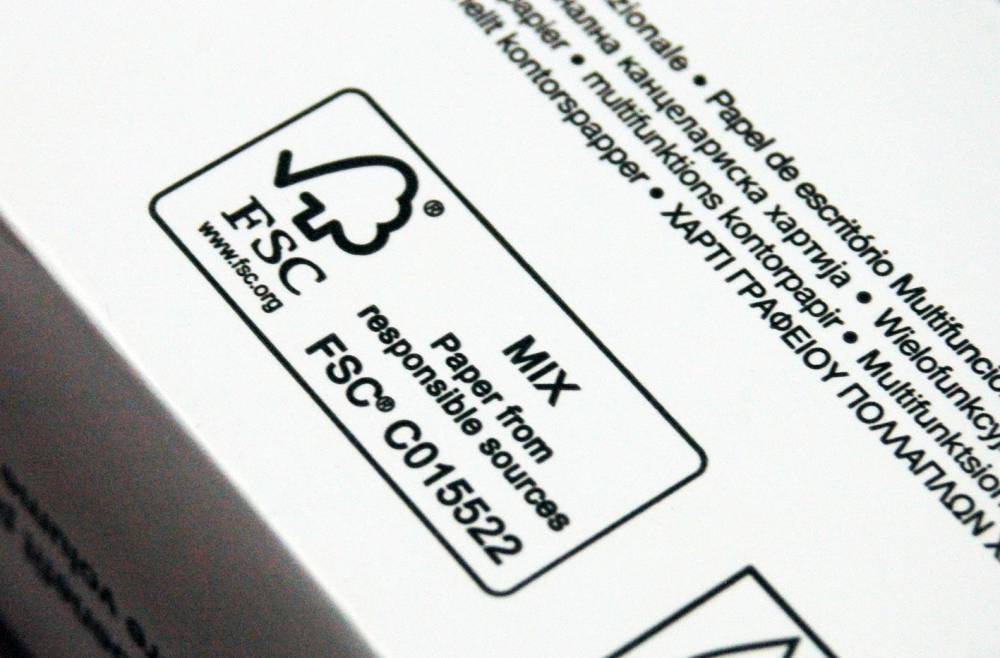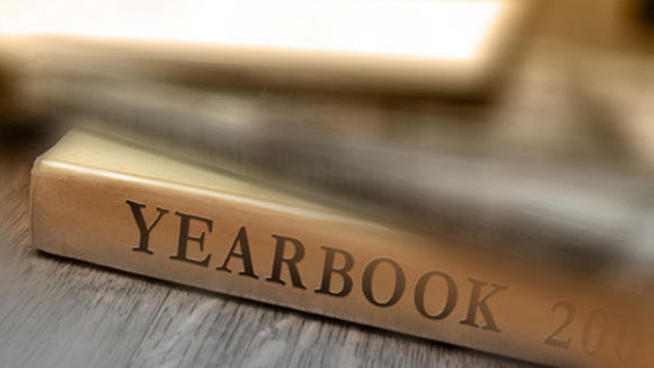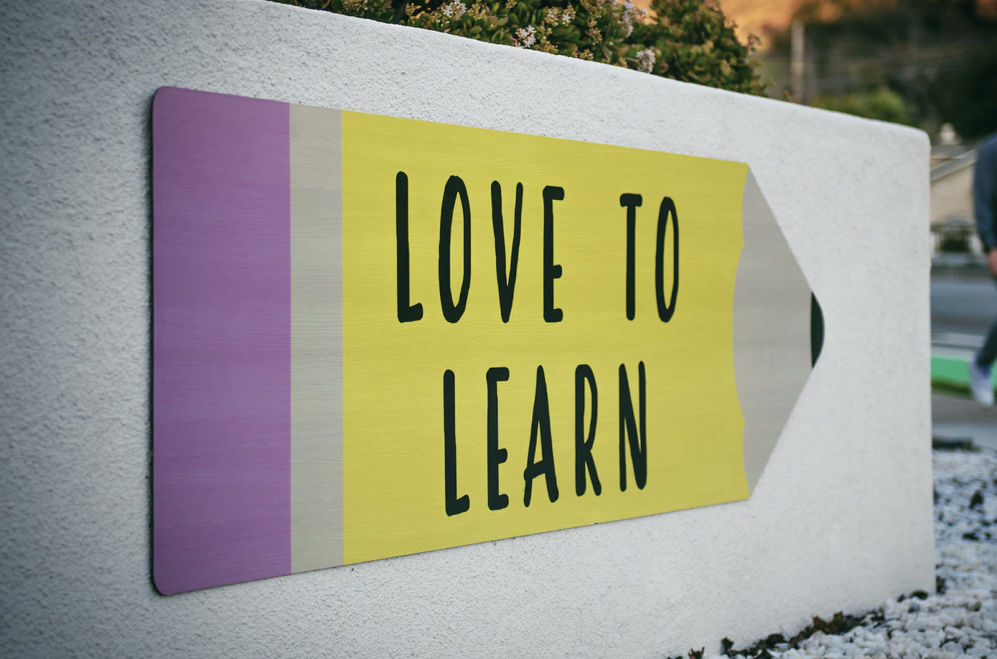How to Choose the Right FFF 3D Printer: Build Volume and Beyond
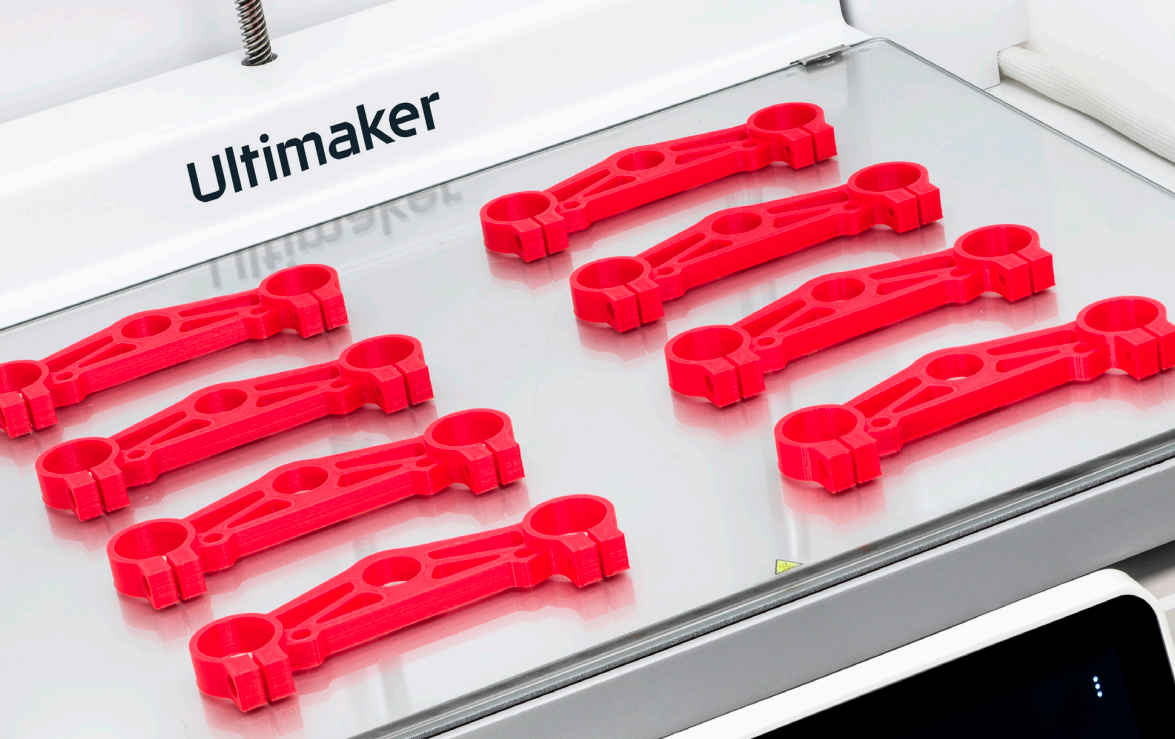
When investing in an FFF (Fused Filament Fabrication) 3D printer:
One of the most important steps is analyzing your requirements. Whether you’re creating prototypes, functional parts, or production runs, understanding your goals upfront will ensure you select the right machine for your needs. In this post, we’ll explore a critical factor: build volume—what it is, why it matters, and how to decide what’s right for you.
Step 1: Define Your 3D Printing Needs
Before diving into technical specifications, consider your goals:
- What will you print? Are you focusing on prototypes, detailed models, or functional end-use parts?
- What matters more: aesthetics or functionality? Different goals may require different levels of precision, speed, or material compatibility.
- What’s your production volume? Do you need single, large prints or the ability to print multiple smaller parts in batches?
Answering these questions will help narrow down your options.
Step 2: Understand Build Volume
The build volume (or build envelope) is the maximum area a 3D printer can produce in a single print. Think of it as the size of the 3D printer’s workspace—it dictates the largest object you can print.
For example, the Ultimaker S5 offers a build surface of 330 x 240 mm (13 x 9.4 inches) and can print parts up to 300 mm (11.8 inches) in height.
Why Build Volume Matters
Choosing the right build volume can make a big difference in your workflow and bottom line:
- Print Larger Parts
If your projects require large-scale prototypes or single-piece models, a printer with a larger build volume is essential. - Batch Production for Efficiency
Even if you print smaller parts, a larger build plate allows you to produce parts in batches, saving both time and operational costs. Instead of running multiple small prints, you can optimize workflows with a single large job. - Cost Considerations
Larger 3D printers often come with a higher price tag, but they can be a worthwhile investment. By increasing efficiency and reducing the need for outsourcing, you could save money in the long run.
Step 3: Plan for Your Needs
When choosing your ideal build volume:
- Consider the largest part you print on a regular basis.
- For occasional oversized parts, you have two options:
- Split your design into smaller components and assemble them post-printing.
- Outsource the larger print job.
By carefully planning for your needs, you’ll strike the perfect balance between cost, efficiency, and capabilities.
Final Thoughts
Selecting the right FFF 3D printer starts with defining your requirements and understanding critical factors like build volume. Whether you need single large-scale parts or high-volume batch printing, the right printer can unlock new opportunities for your business.
Ready to take the next step in your 3D printing journey? You can use the form below to contact us and explore the best solutions tailored to your needs.

